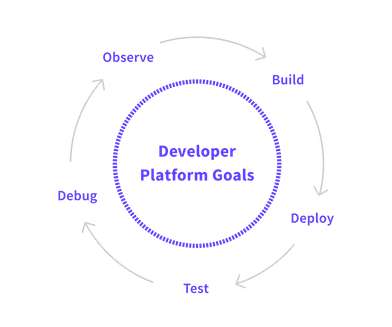Kubernetes and Artificial Intelligence/Machine Learning (AI/ML) — Four Things to Understand Today
Blue Sentry
MAY 17, 2021
Even if they do, many projects get stuck in the ever-so-fragile SDLC. You can scale and cluster these resources at will. So, you build out all of these containers, leverage deep learning solutions like TensorFlow, and create these amazing microservices that allow you to embrace the principles of CI/CD. Kubernetes & ML.















Let's personalize your content